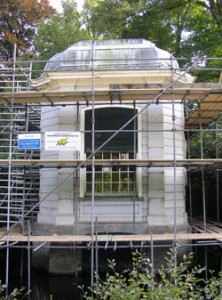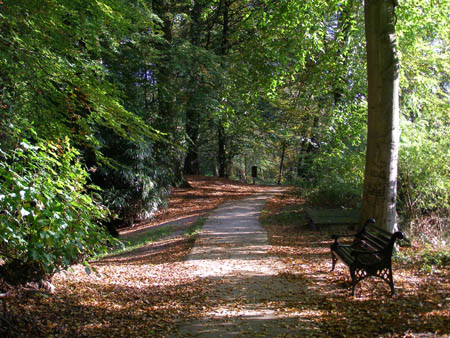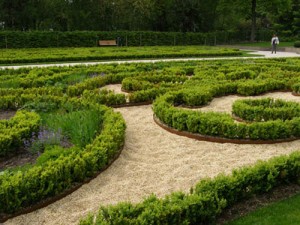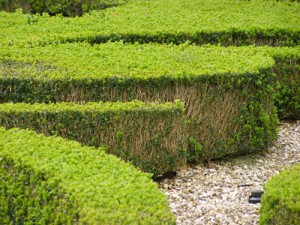In two previous posts I discussed the beech avenue in the flower exhibiton area of the Keukenhof. In both posts I wrote that the avenue was laid out as a result of the design efforts of architects J.D. Zocher Jr. and his son L.P. Zocher. I wrote that because it is mentioned in almost every article I read in relation to that avenue. The name Zocher is used to support the decision to cut down the complete avenue and plant new trees: their idea of a complete and uniform avenue would thus be respected. 1The official website does not mention Zocher in connection with the avenue, by the way, it is just something that pops up in the press. Much like the interview with the former director of the Keukenhof in 1999, where he stated that the Zochers designed the garden in 1830. That has been repeated many times in the press, while old and recent publications invariably place their work in the 1850s. Continue reading
Footnotes
| ↑1 | The official website does not mention Zocher in connection with the avenue, by the way, it is just something that pops up in the press. Much like the interview with the former director of the Keukenhof in 1999, where he stated that the Zochers designed the garden in 1830. That has been repeated many times in the press, while old and recent publications invariably place their work in the 1850s. |
|---|

 Land en Bosch was bought by Natuurmonumenten in December 2007, as mentioned in
Land en Bosch was bought by Natuurmonumenten in December 2007, as mentioned in 




